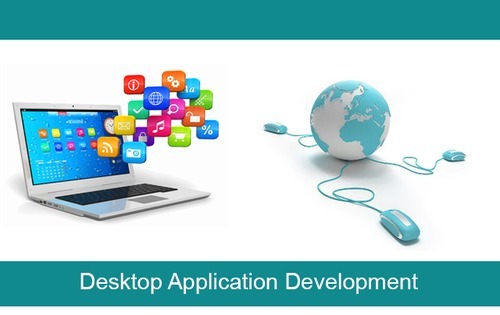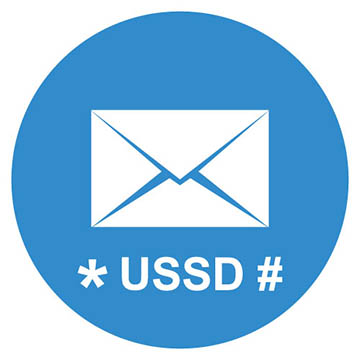
Desktop applications are simply programs that can be run on your computer without needing to use a browser. Any program installed on your computer is a Desktop application (unless it runs in the background). Good examples of this can be: Microsoft File Explorer.
The applications installed on the system’s local server known as the desktop apps, you can install it from the online websites or use the CD drive to complete the installation process. After the installation process, it does not require any internet connection to access, it works on the system’s local server.
Desktop applications and web applications are similar but not the same. The primary difference of both are desktop apps runs on the local server of the computer devices and web applications work over the internet remote access.
Types of desktop frameworks
Desktop frameworks for windows app development:
Microsoft itself provides a tool kit with a development community to develop. It allows to develop the backend with awesome coding frameworks and also it also provides the option to design a unique and eye-catching frontend windows app development. Microsoft toolkits are the best option for developing the windows app with its advanced and accessible feature of frameworks.
You can choose toolset for the universal windows platform development if you are creating your app for the windows store and develop the app you wish you to with amazing and easy to use tools and frameworks.
Desktop frameworks for MacOS app development:
Apple also encourages developers to design the desktop apps which is compatible with the architecture of the Apple computers. Logic Pro X is the default app development app launched by the app to Apple to ensure that users develop the apps which support all the Apple devices such as iOS, MacOS, watches, and even tvOS.
Cross-platforms frameworks for desktop app development:
Developers prefer to develop the apps which support cross platforms same time so that all the user can utilize it without any hassle. The key benefit of using the cross-platform framework, you are developing the unified codebase which is reused for the SaaS version of the developed app which enhances your targeted audiences.
The cross-platform frameworks are the best choice, if you are going to develop a desktop application and also you will get lots of advantages of cross platforms also it’s beneficial for the future aspects.
Different Categories of Desktop Applications to choose from
There are lots of options in desktop apps which you can choose to design or develop. It depends on your choice that which kind of application you want to design.
- Standalone Business Application: These type of applications are the standalone business apps which are like Excel, Word, Outlook and more applications. The category includes applications which make people’s work efficient.
- Client-Server Applications: The applications which work on the local server of the systems but the access of the information are on the remote server.
- Utilities and Plug-ins for systems: The utilities and plug-ins which enhance the efficiency of the user’s work it include in this category.
- Collaborative Application: These applications are included in the collaborative category it serves the common task for the users. And users can interact with the common task.
- Multimedia Applications: This the application which helps to play movies, videos, sound files and more files from the user’s system.
There are more categories of the desktop applications which carry as per the framework of the app. You can choose any type of app to design as per your preferences.
Desktop Application Development with Chibex Tecnologies
We at Chibex Technologies ensures that you receive a desktop application that scores high on performance and enhances your business steadily.
- We use C++ as our main language for creating desktop applications. While being powerful and flexible, it additionally allows us to control the applications at a genuine level possible.
- .NET Framework Technology is used for development for Windows platform when a taut and seamless integration of the desktop application with Microsoft products is needed.
- Java development platform is a prime key for desktop application development. Whether you need Java/ J2EE programming services for mobile applications or for web applications, our professional team will design solutions matching your requirements.
No matter what business you run, desktop application development tools will ease your workload and increase your bottom line. You can also get the excellent splash screen for software for your businesses with our exclusive services. We also follow the norms and morals on our windows app development and software development for the user interface, windows application UI development, cache management, testing services for software, debugging, software maintenance and performance tuning.

